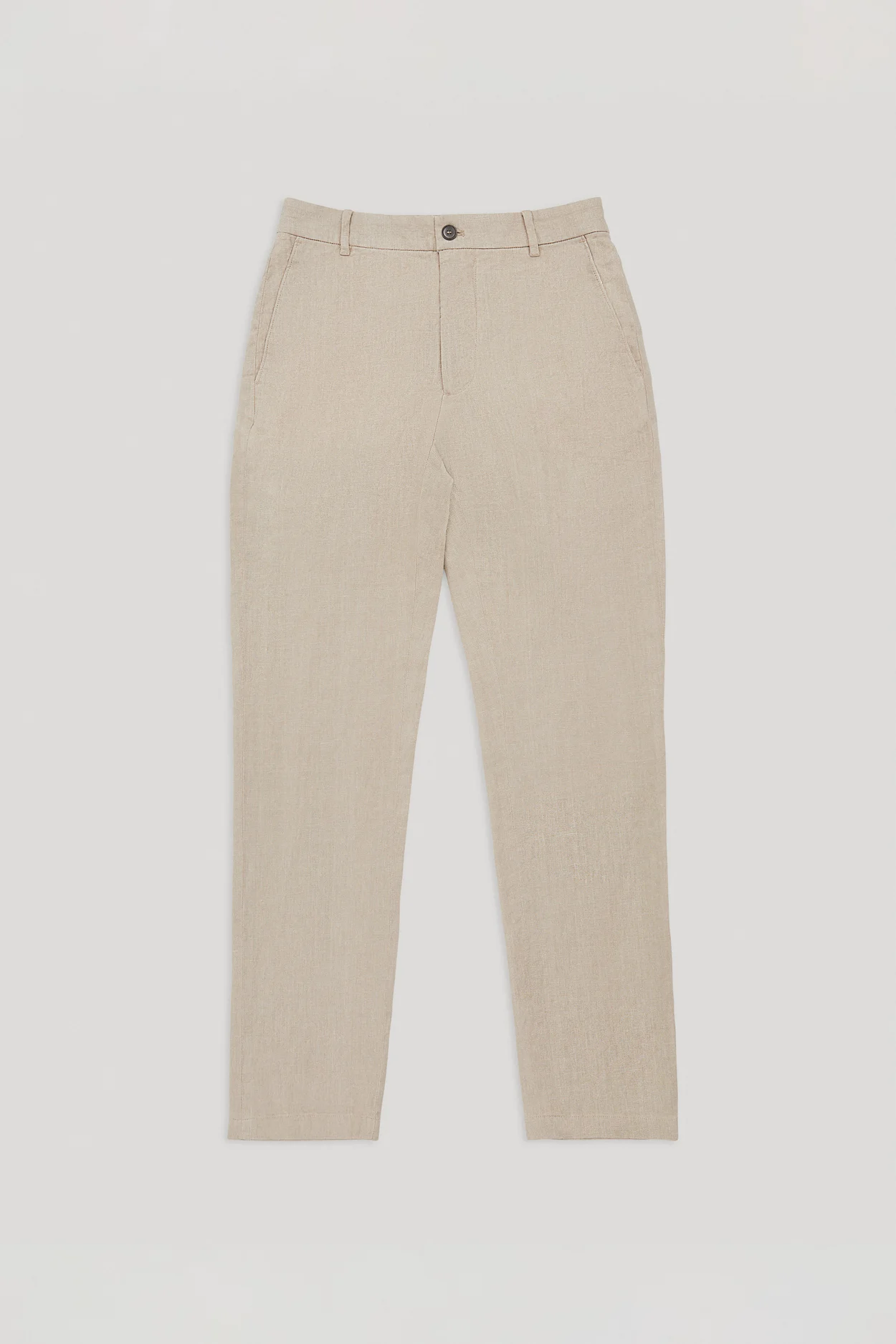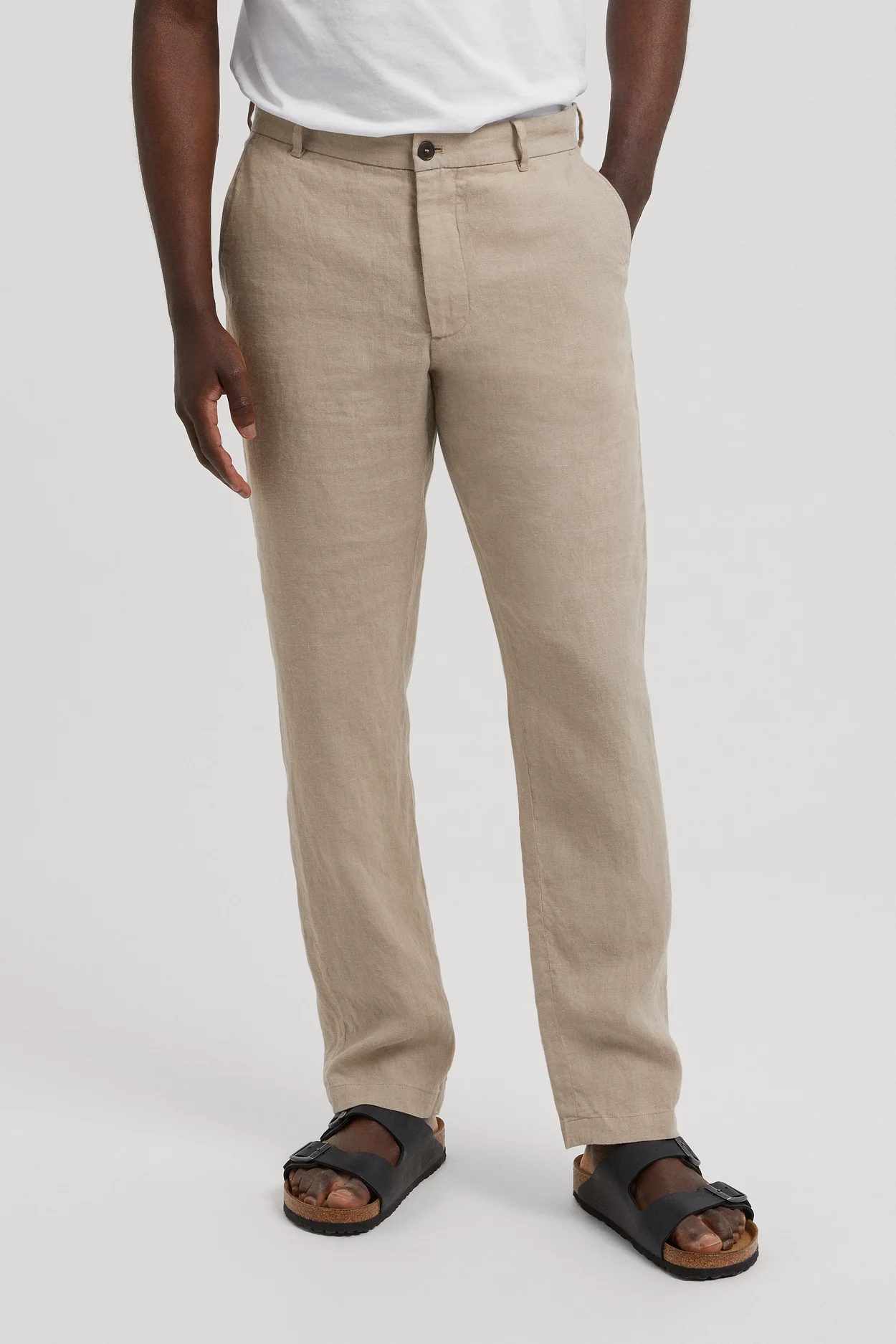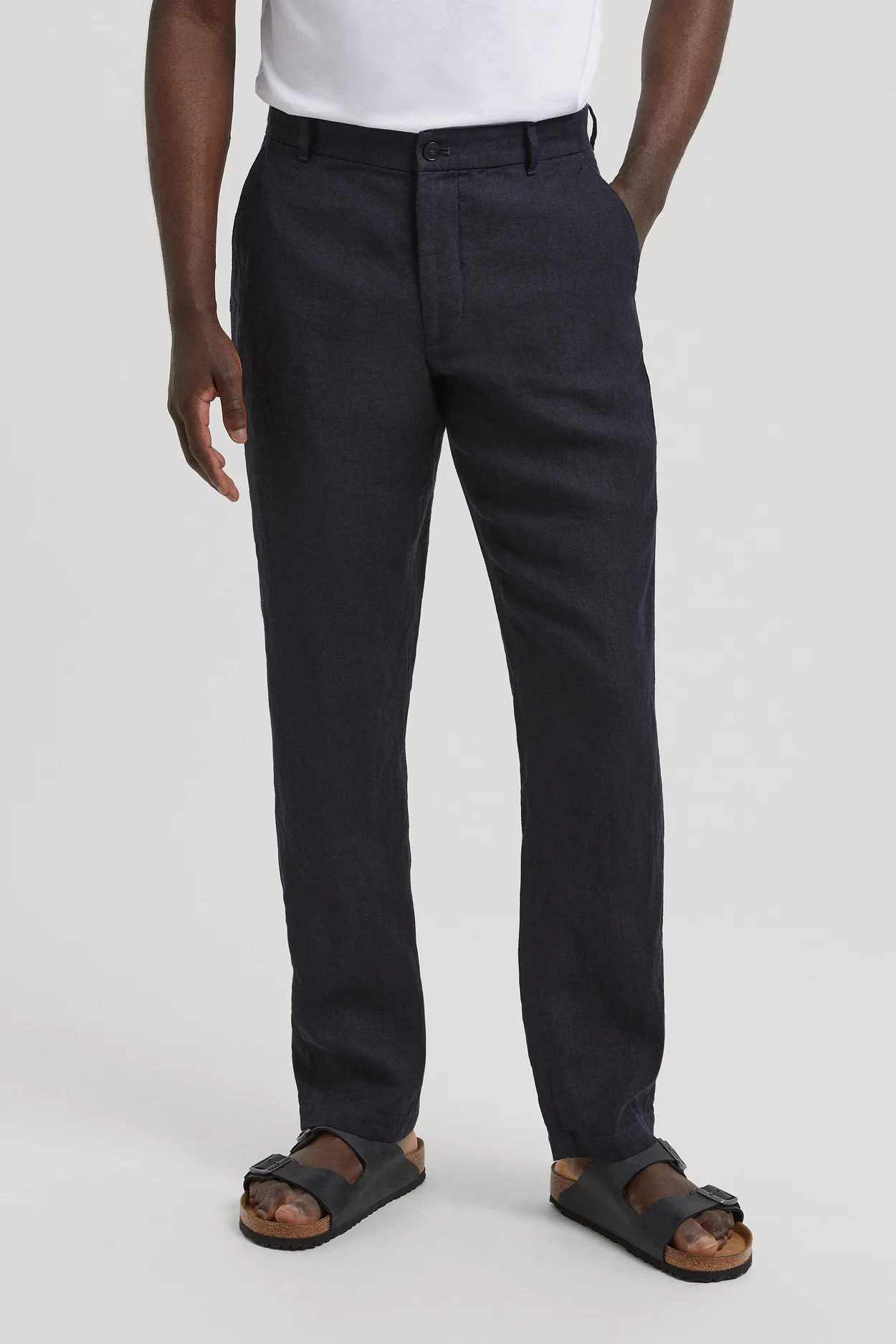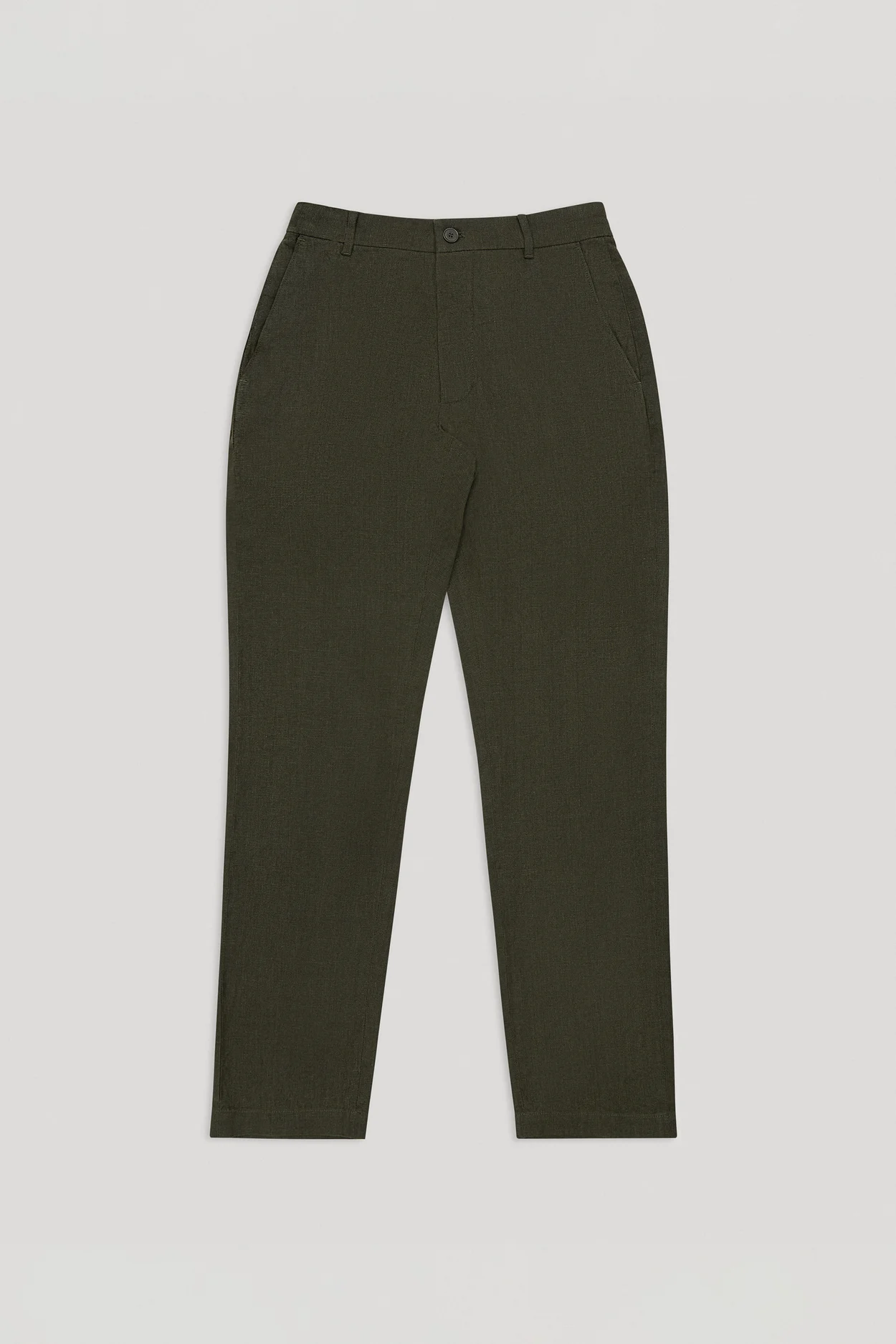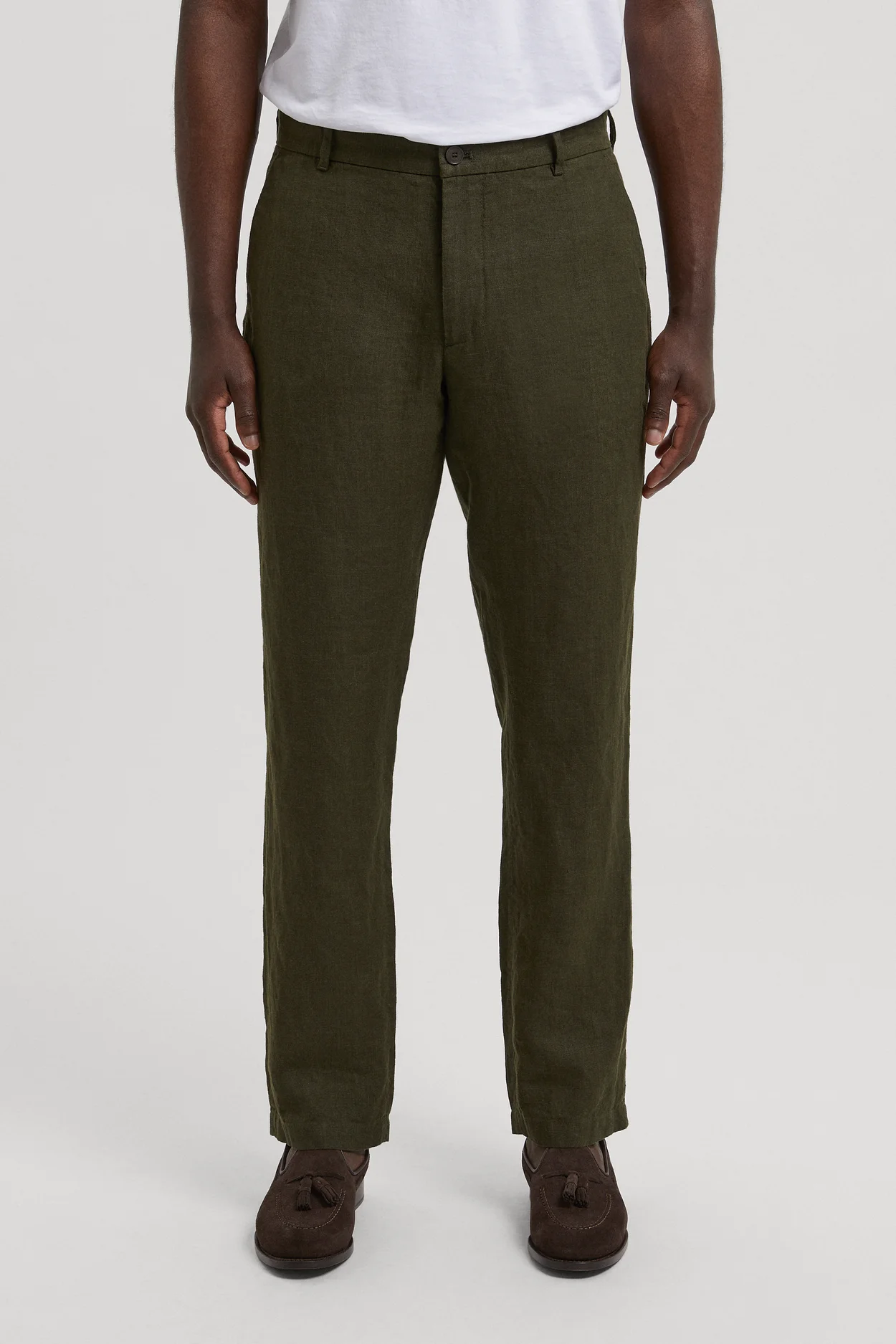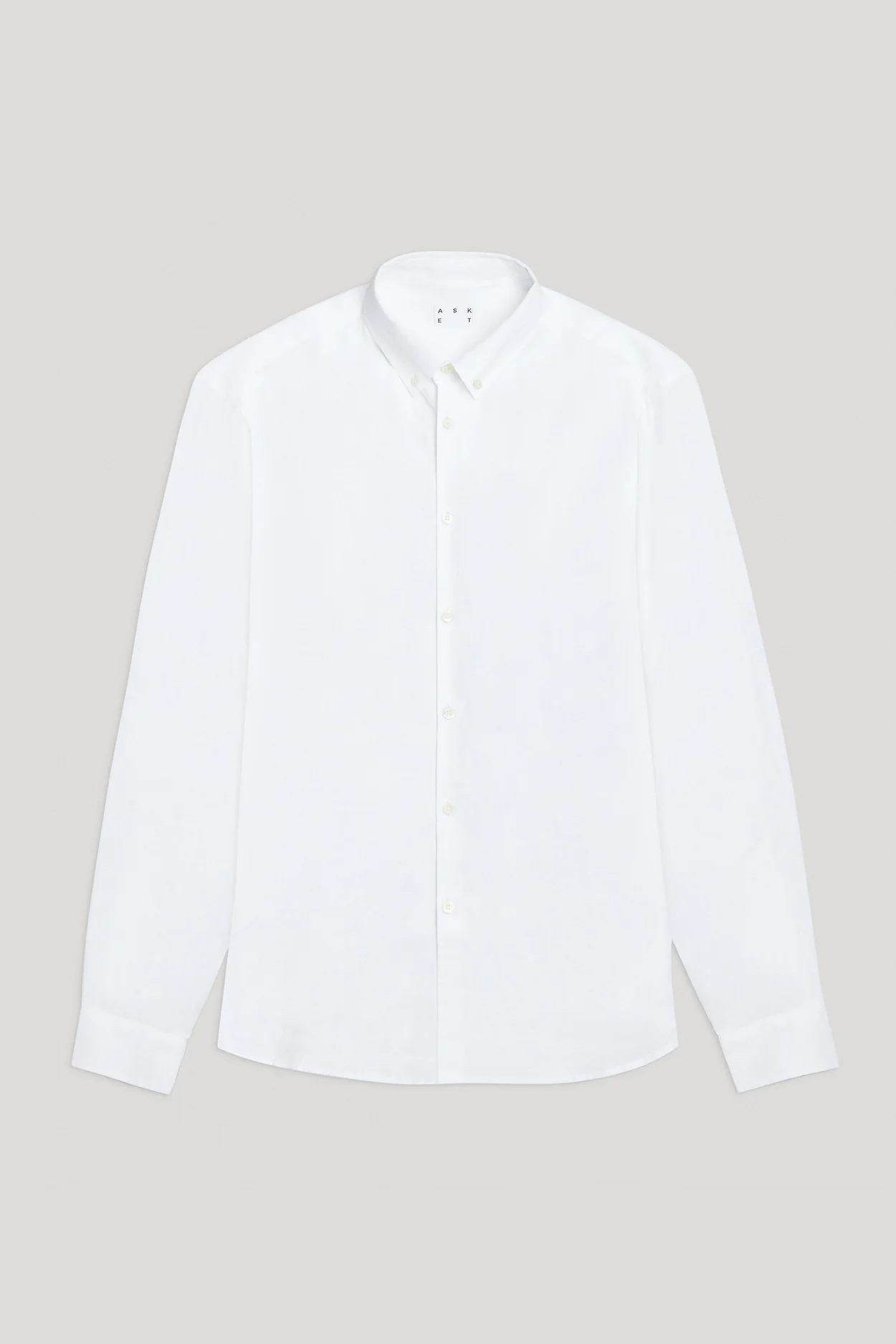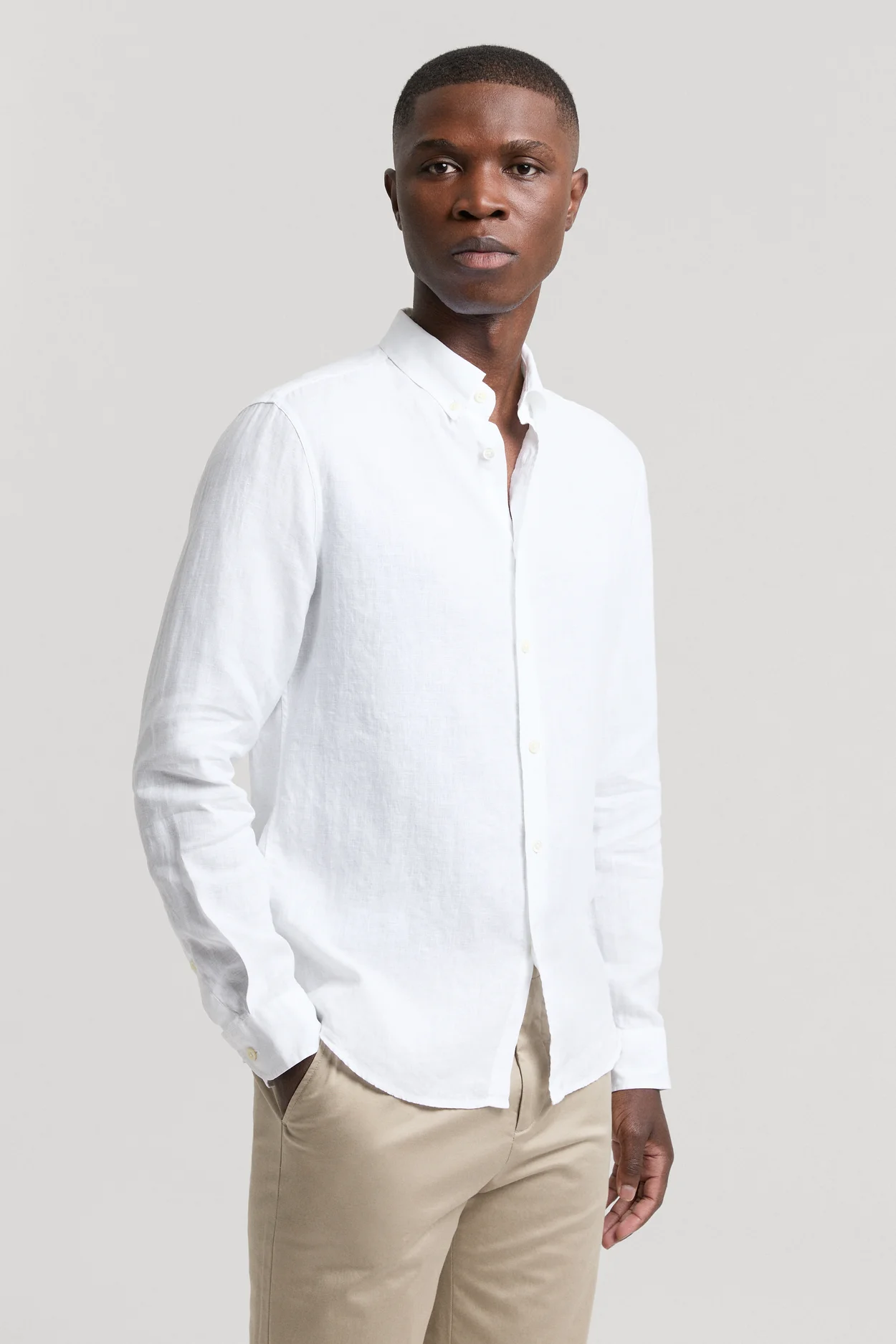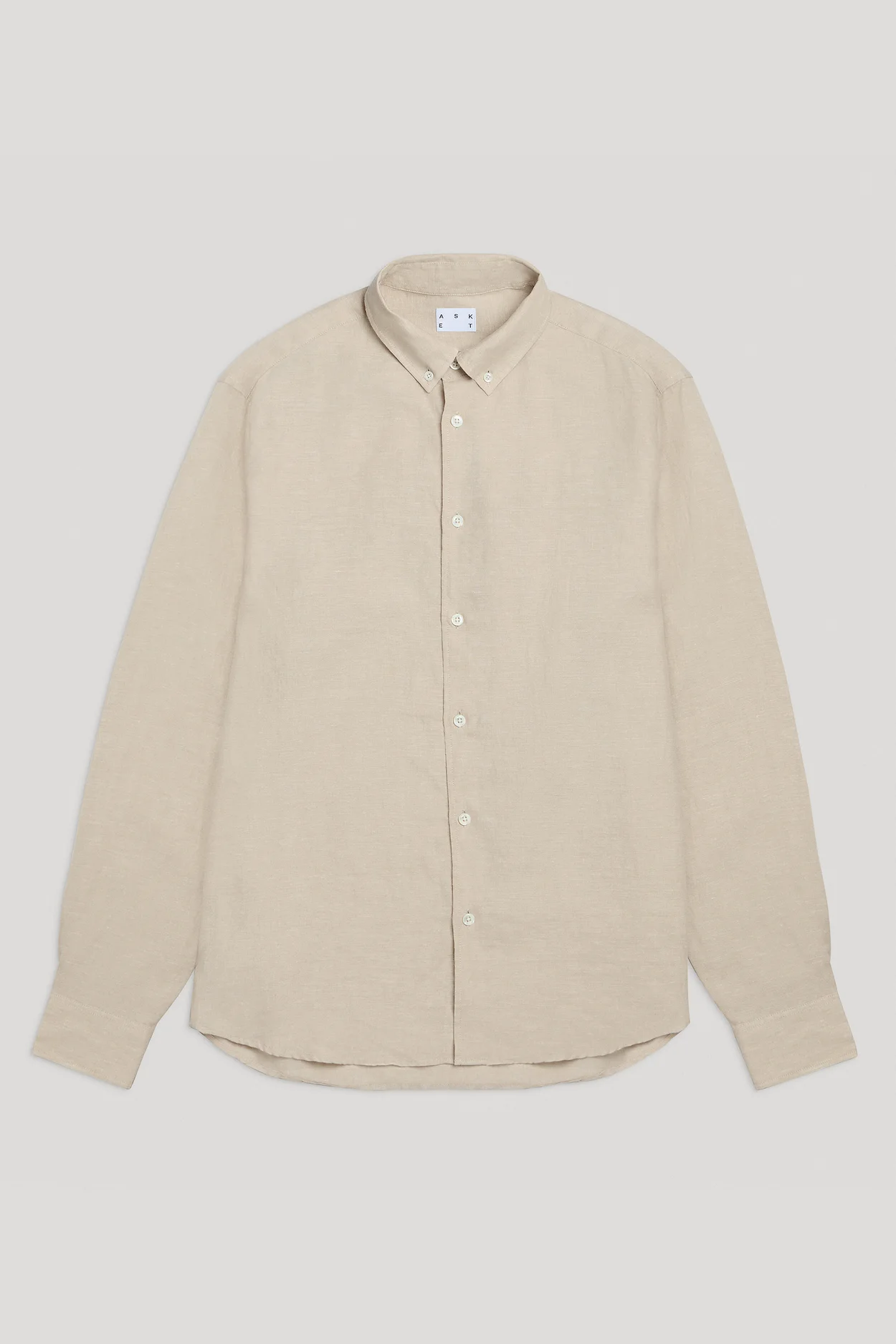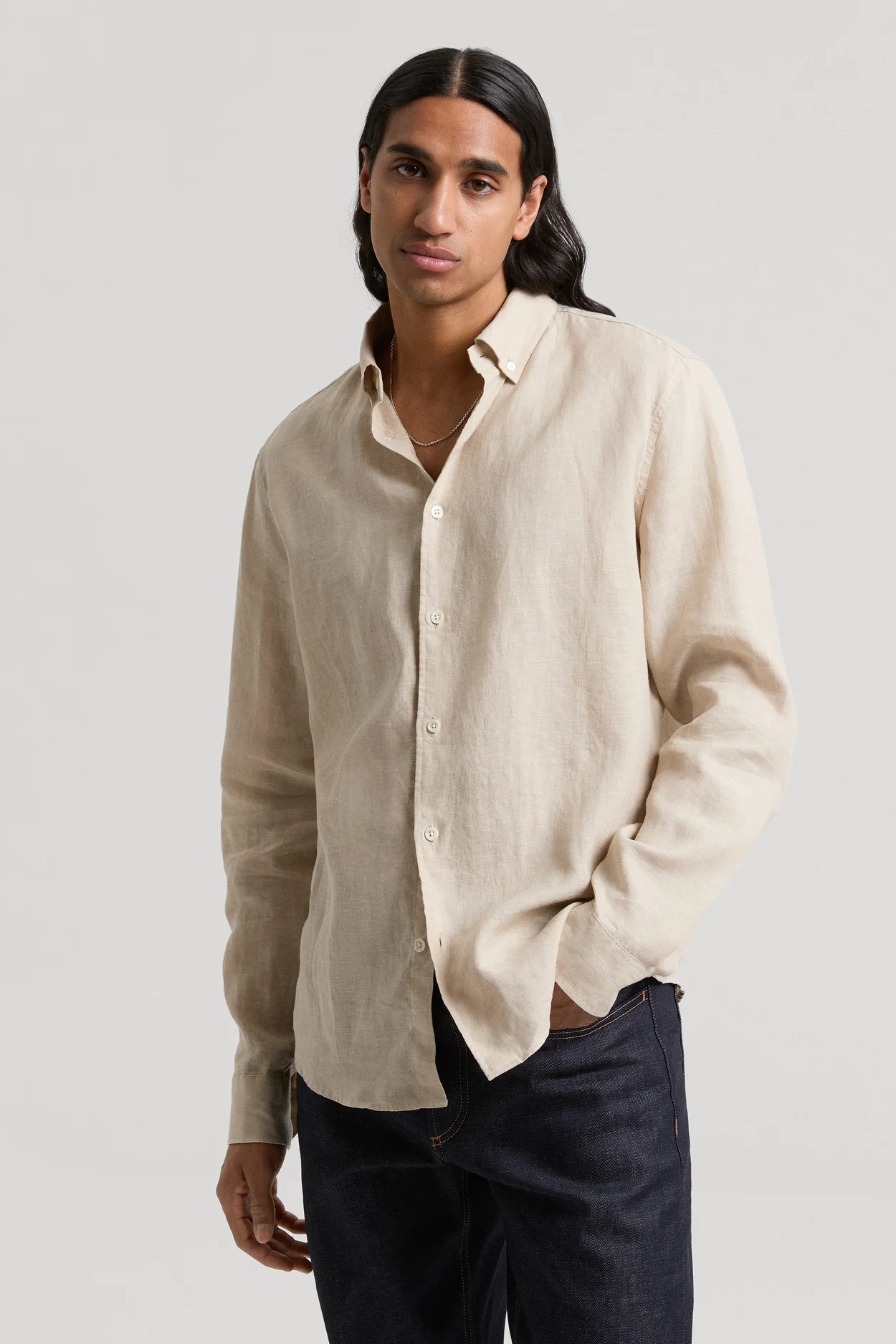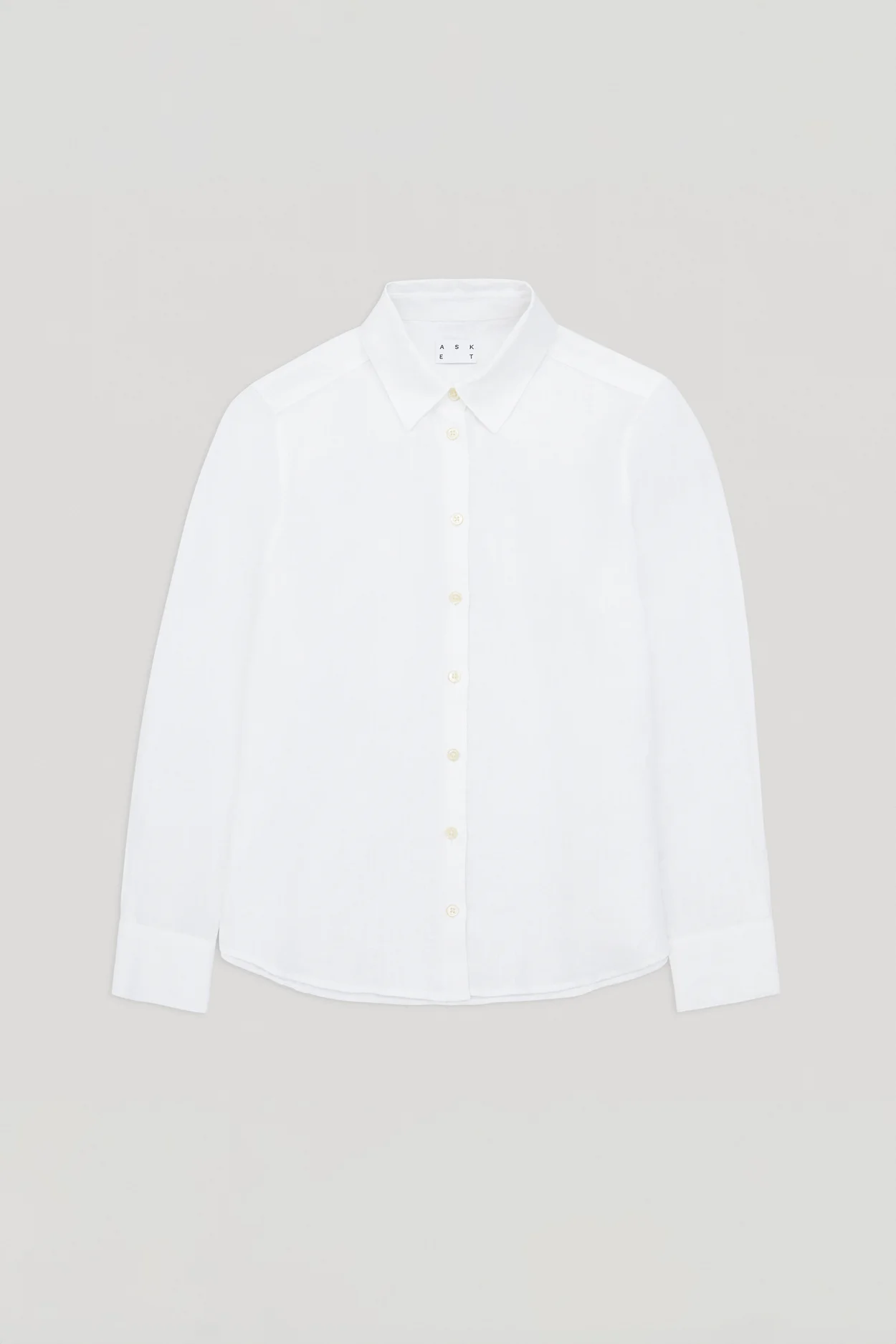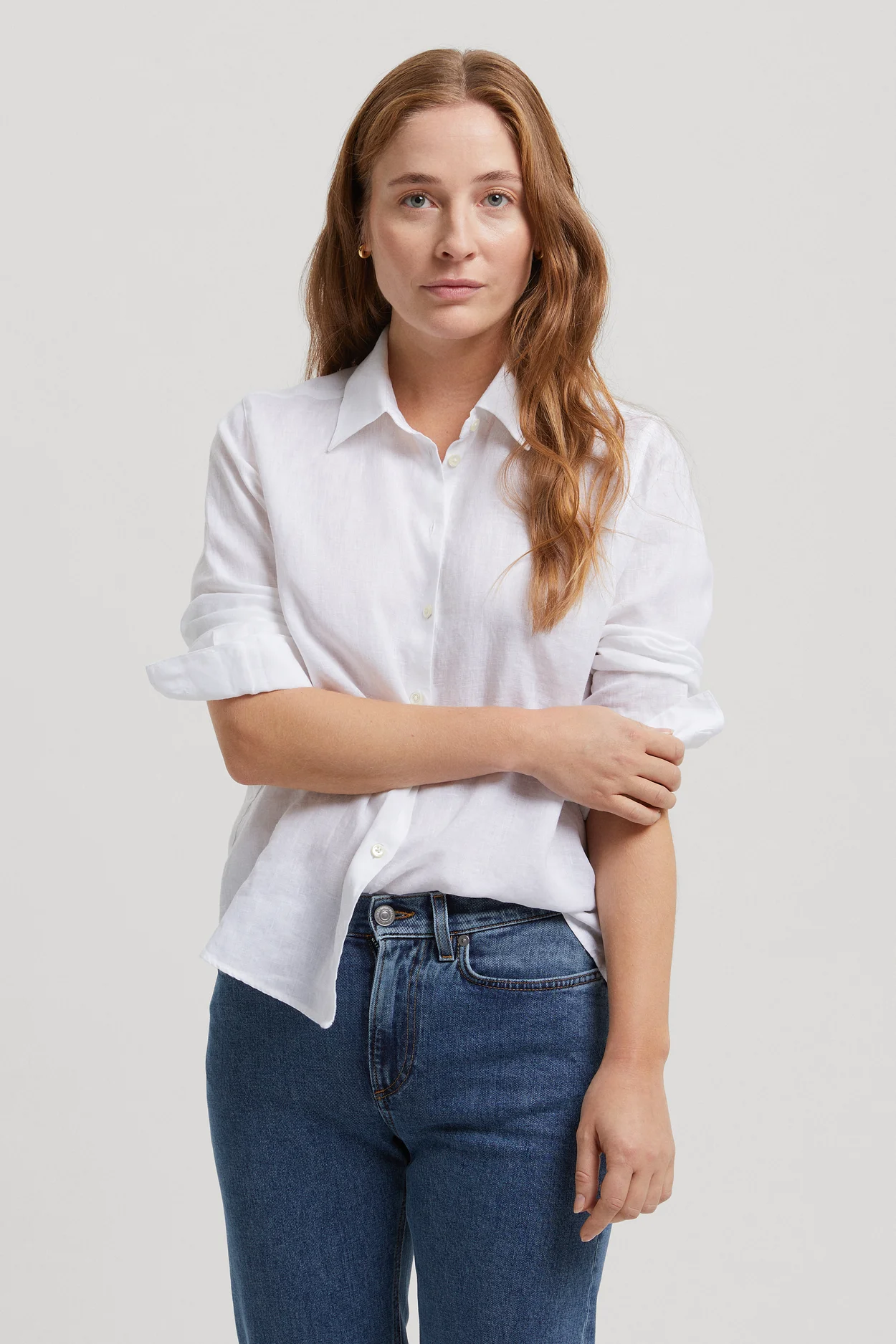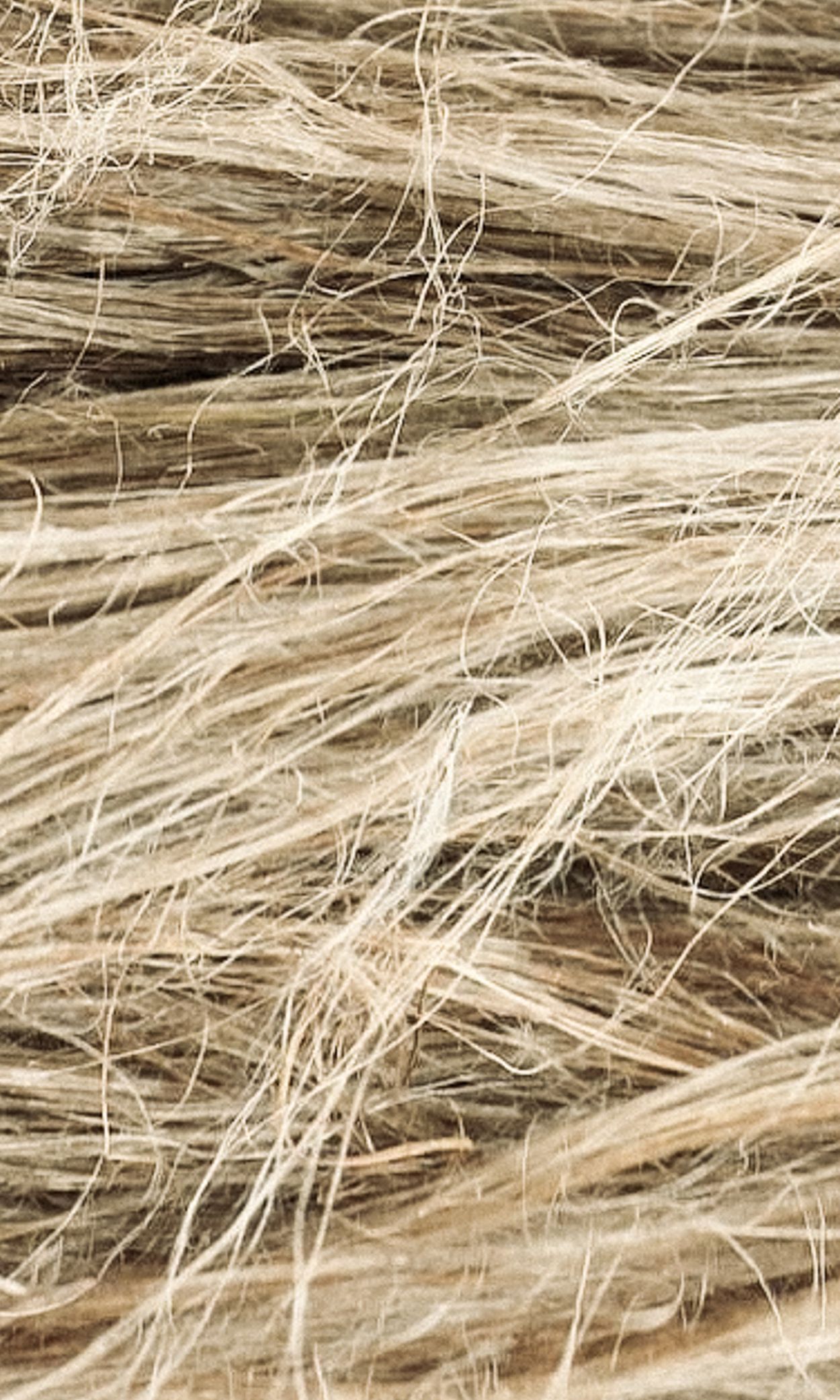

Linen
What Is Linen?
Linen is one of the oldest fabrics known to humanity; it has been with us for 38000 years. Today, 95% of the world’s flax is grown in Western Europe, in France, Belgium and The Netherlands. Linen, also known as flax, is made from the fibers of the flax plant. It belongs to the “bast fiber” category, which includes hemp, ramie and nettle to name a few. Linen is known to be difficult and laborious to produce and requires a wide range of expertise; timings and agricultural conditions have to be optimal to make sure the quality of the final product turns out uncompromised. The upside to this fibre is its impact; producing linen doesn’t require any irrigation because it solely relies on seasonal rainfalls. Nor does linen contain any GMOs.
Manufacturing linen fabric from cultivation all the way to weaving involves numerous steps, which include sowing, harvesting, retting, drying, scrutching and heckling. Put briefly, it’s a process of growing, removing the stalks from the stems, letting the stems dry on the fields, separating the fibers from each other and sorting the fibers between long and short ones. The longer fibers are eventually wet spun to achieve a more lustrous and finer yarn, and are typically used for higher-end garments, such as our Linen Shirt.
Linen is a very popular choice for the summer. This is primarily due to its thinness, airiness and the comfort its smooth surface brings to the body. Despite it being thin, linen is both strong and water-absorbent. In fact, it’s stronger and even dries quicker than cotton. The fabric is low in elasticity, which makes it prone to wrinkling and may feel slightly rough when new and unwashed. After a number of wears and washes however, it will get significantly softer and develop a natural patina over time.
The linen used in our garments is grown along the coastline of Normandy, a location that offers the best possible climate conditions for the fibers to grow as fine and long as possible. Producing yarns that fully harness the potential of fine linen is a delicate process. For this reason, we partnered with some of the most renowned growers and producers of linen in Europe.
MEN'S LINEN GARMENTS
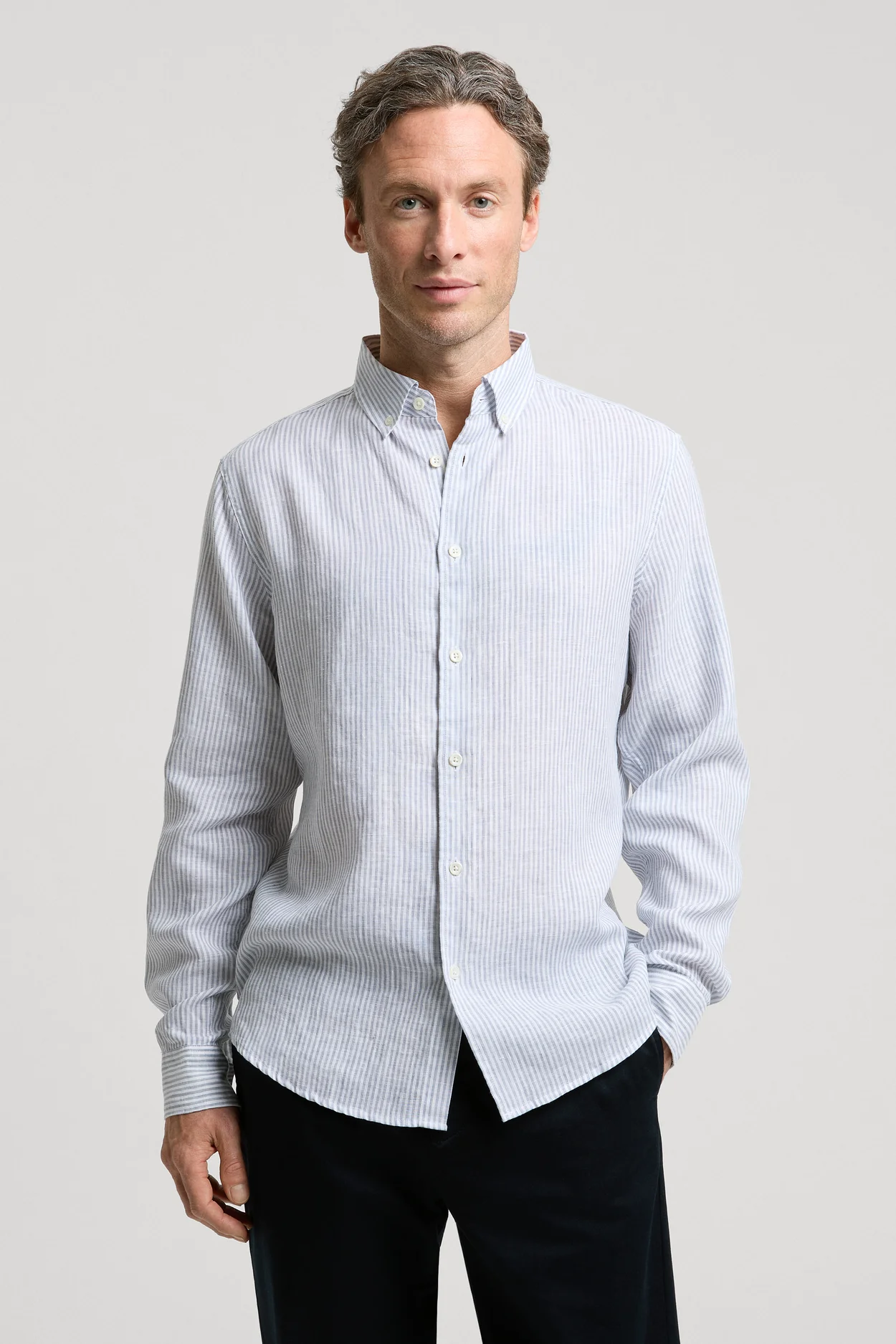
The Linen Shirt Blue Stripe
WOMEN'S LINEN GARMENTS

